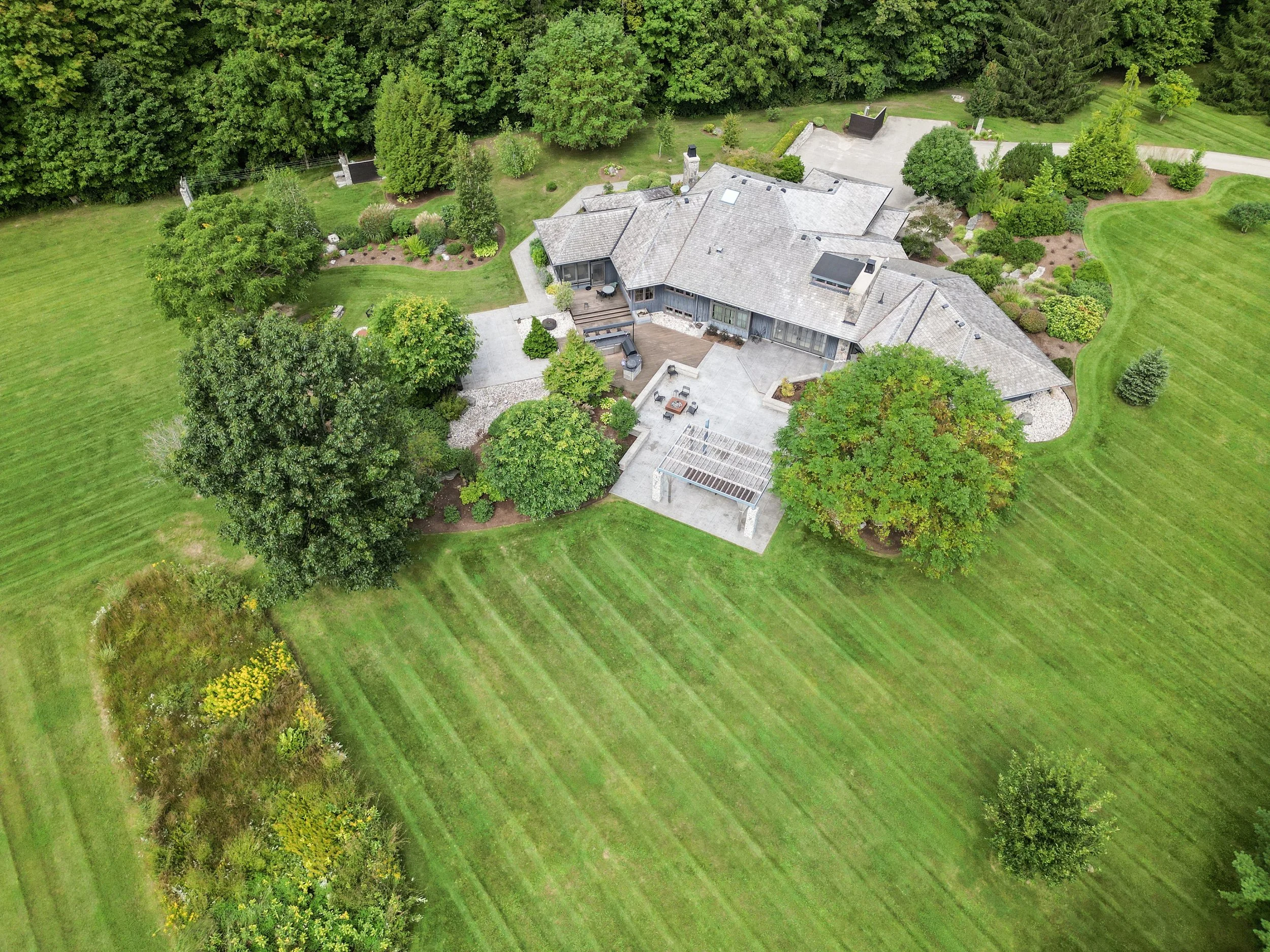Sustainable Landscaping Techniques with Courtland
In today's world, where environmental conservation is more crucial than ever, sustainable landscaping has become a key component for eco-conscious property owners. At Courtland, we are dedicated to implementing eco-friendly practices that not only enhance the beauty of your outdoor spaces but also contribute to the health of our planet.
1. Choosing Native Plants One of the simplest yet most effective strategies for sustainable landscaping is the use of native plants. Native species are adapted to local climate conditions and soil, requiring less water, fewer pesticides, and less fertilizer than non-native species. This not only makes them easier to maintain but also supports local wildlife and promotes biodiversity. At Courtland, we carefully select native plants that not only thrive in our clients' environments but also add to the aesthetic appeal of their gardens.
2. Smart Irrigation Systems Water conservation is a critical aspect of sustainable landscaping. Smart irrigation systems are designed to minimize water waste by delivering it directly to the plant roots and adjusting automatically based on real-time weather conditions. At Courtland, we utilize state-of-the-art irrigation technologies, such as drip irrigation and programmable timers, ensuring that your landscape remains hydrated in the most efficient manner possible.
3. Organic Mulching Organic mulch is a powerhouse in the sustainable landscape. It helps retain soil moisture, regulate temperature, suppress weed growth, and over time, it breaks down to improve soil structure. At Courtland, we use a variety of organic mulches, including shredded bark, leaf mold, and compost, choosing the best type to complement the specific needs of each garden.
4. Sustainable Hardscaping Materials Sustainable hardscaping is about choosing materials that are both environmentally friendly and durable. We prioritize recycled materials, such as reclaimed wood for decks and recycled concrete for pavers, as well as locally sourced stones that reduce the carbon footprint associated with transportation. These materials not only lower the environmental impact but also add unique character and charm to your landscape design.
5. Pollinator-Friendly Landscapes Creating a garden that attracts bees, butterflies, and other pollinators is not just beautiful—it’s beneficial for the environment too. Pollinator-friendly landscapes are vital for supporting local ecosystems. At Courtland, we incorporate a variety of flowering plants that provide nectar and pollen throughout the year, creating a haven for these essential creatures.
Conclusion Adopting sustainable landscaping practices isn’t just a choice—it's a commitment to a healthier, more sustainable way of living. By embracing these methods, you not only enhance the beauty of your property but also contribute significantly to environmental conservation. Contact Courtland today to learn how we can help you transform your outdoor space into a sustainable and stunning landscape.
Courtland Landscape & Grounds
332789 Plank Line, Tillsonburg, ON N4G 4H1
1285 Hubrey Rd, London, ON N6N 1E2
200 Universal Rd, Woodstock, ON N4S 7W3

